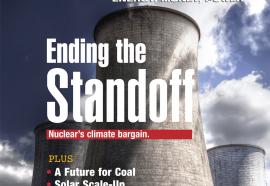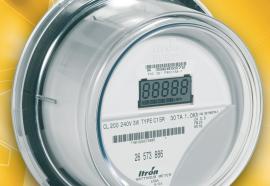CPUC Targets Privacy Worries
Submitted by meacott on Thu, 2011-05-12 18:03The ruling applies to any services that keep collecting and using data without any active role on the customers’ part.
In response to direction from the state legislature to protect customer data privacy as smart meters are installed, California Public Utility Commission President Michael Peevey issued a notice of proposed decision in Rulemaking 08-12-009(“Decision Adopting Rules to Protect the Privacy and Security of the Electricity Us







